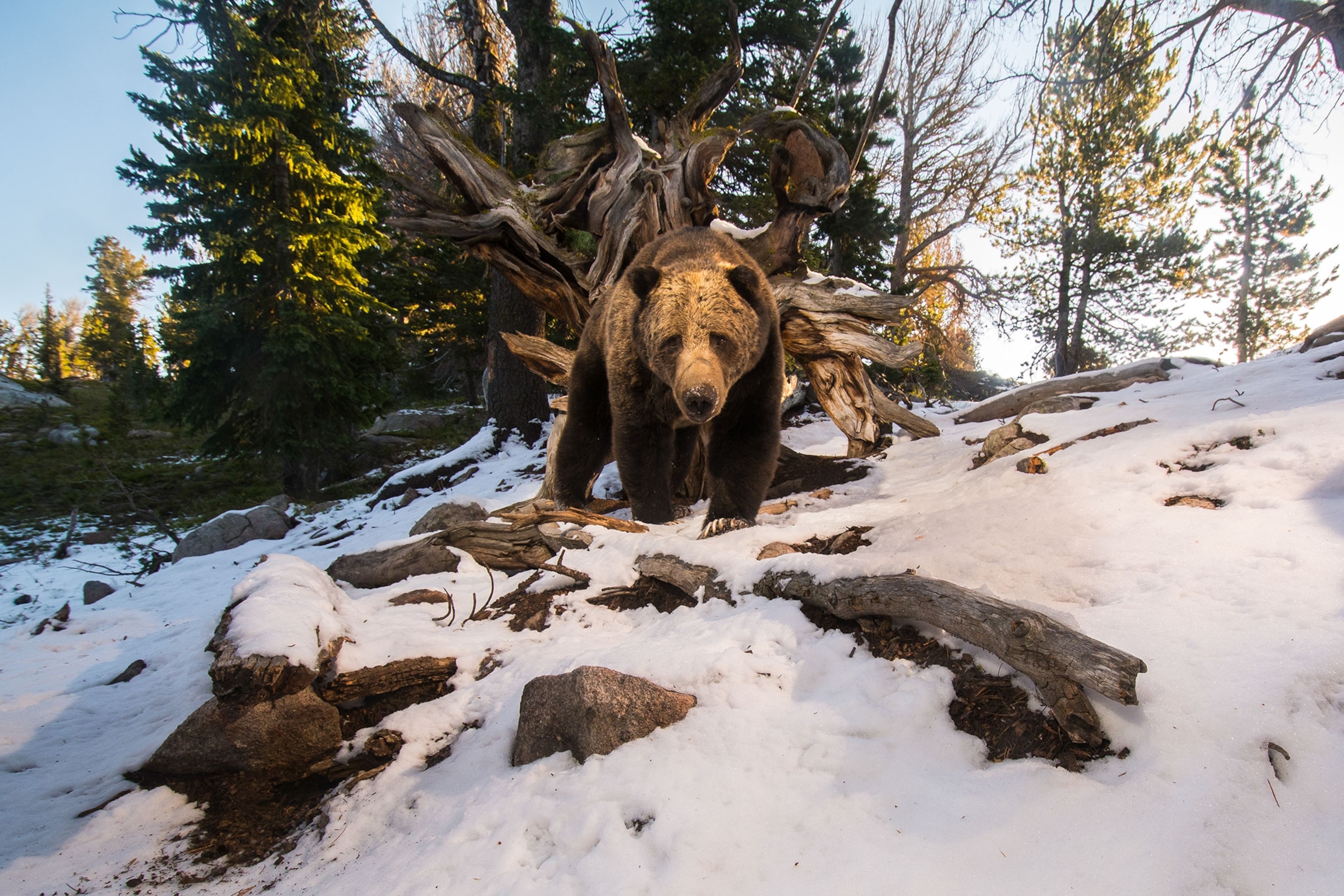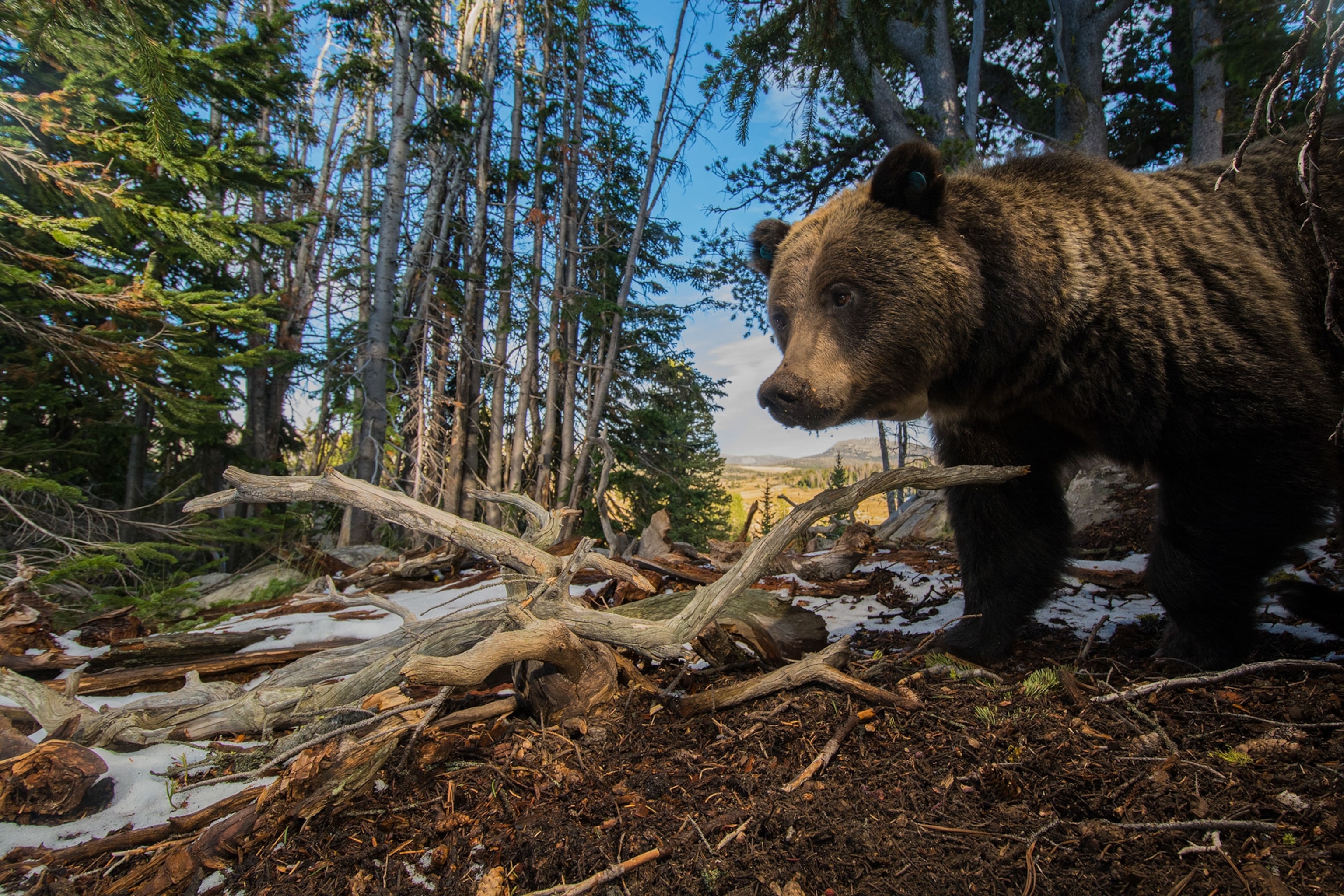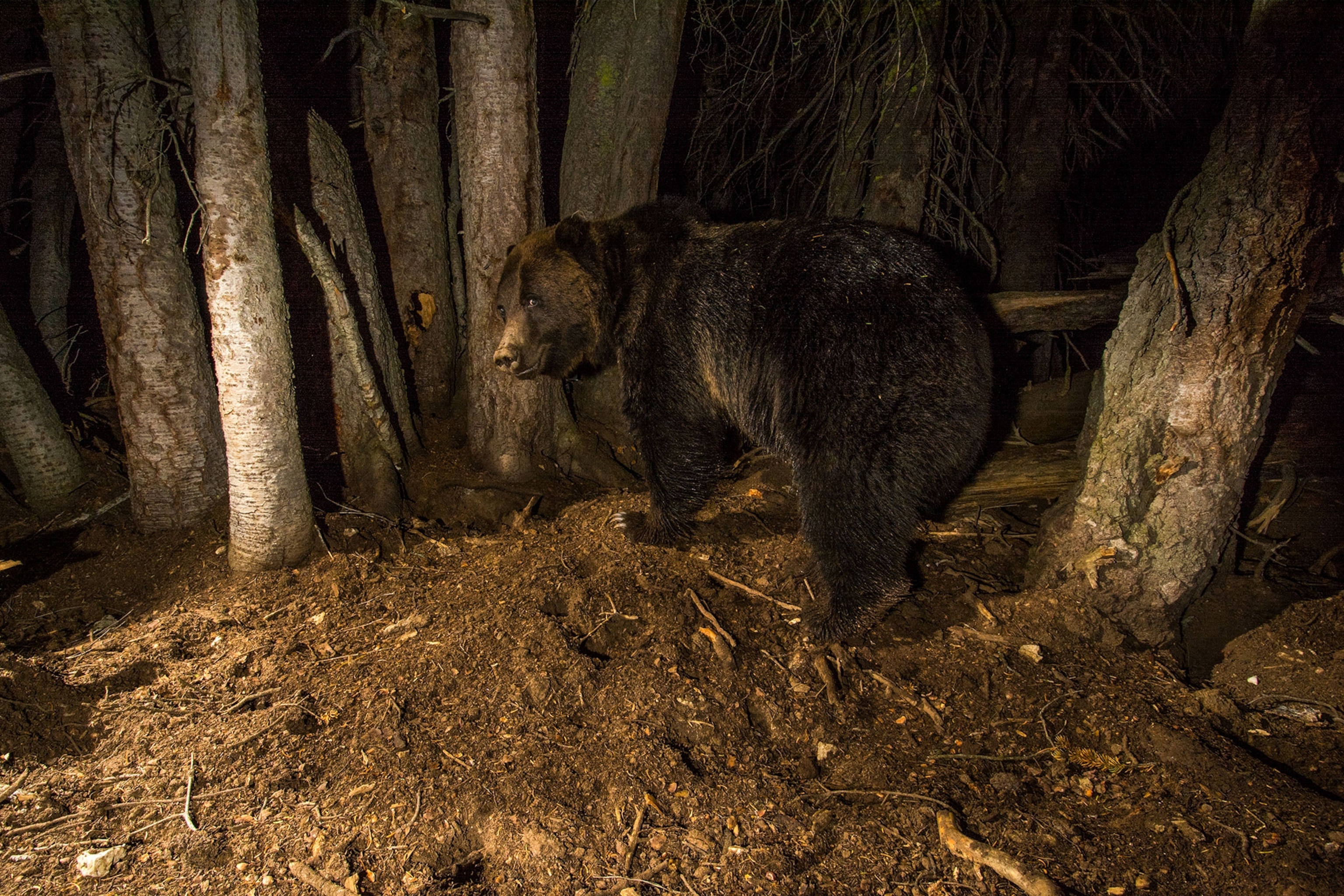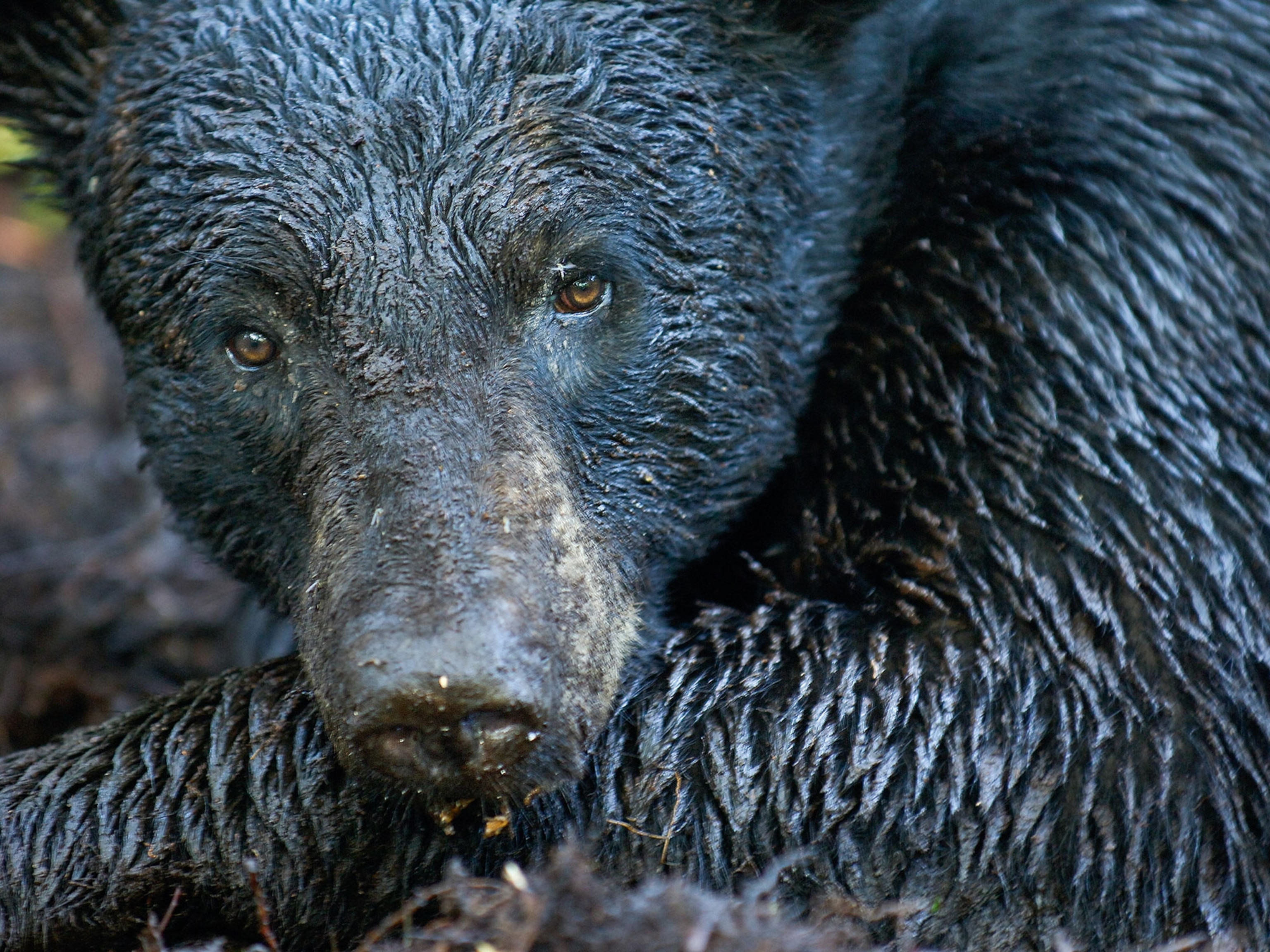After roaming Europe and Asia for more than a hundred thousand years, cave bears died out some 24,000 years ago, after a millennia-long death spiral possibly spurred by hunting, natural climate change, and competition with humans for habitat.
No cave bear has awoken from this final hibernation, but the animals' DNA lives on: A new study confirms that about 0.9 to 2.4 percent of living brown bears' DNA traces back to the extinct species.
The finding, published in Nature Ecology and Evolution on Monday, marks just the second time that researchers have found an extinct ice-age creature's genes within in a living relative. Humans are the first known example: Between 1.5 and four percent of the non-African human genome comes from Neanderthals, the product of interbreeding between our species and our ancient kin.
“By any standard definition, [cave bears] are extinct, but it doesn’t mean that their gene pool is erased, because they continue to live on in the genomes of these living animals,” says Axel Barlow, a postdoctoral researcher at the University of Potsdam and one of the study's lead authors.
The study also reinforces that some species regularly interbreed. The DNA of yak and Tibetan cattle, for instance, show signs of interbreeding, as do pig species whose common ancestors lived millions of years ago. In a handful of cases, brown bears and polar bears have bred. And just last week, researchers unveiled the daughter of a Neanderthal woman and a Denisovan man—an example of what may have been widespread hybridization among ancient hominins.
“The old-fashioned idea of a species [is that] it's reproductively isolated from other species,” says Rasmus Nielsen, a geneticist at the University of California, Berkeley, who wasn't involved with the study. “This paper is a part of a series of papers that have been saying that worldview really is wrong.”
Bearly Breeding?
To determine why cave bears died out, Barlow and his research team sought to study how the animals' populations grew and shrank, which they could infer from cave bear DNA extracted from the ear bones of four animals that lived more than 35,000 years ago.
First, the researchers compared the overall genomes of cave bears with polar bears and brown bears. Sure enough, the two living species were more related to each other than to cave bears. But the picture got more complex once researchers started counting up the bears' variants of individual genes.
Since animal genomes are so large, there's ample room for random variation in certain genes. By chance alone, the same genes in distantly related animals can look similar, and the same genes of closely related animals can look different. In the absence of interbreeding, these quirks pile up in about equal amounts, much like flipping a coin—which isn't what researchers saw among the bears.

“If we get an overabundance of genome positions where cave bears and brown bears are showing more similarity to each other than to polar bears, then something else must have happened,” says Barlow. “And that something is hybridization between the two species.”
Not only did researchers see signs of interbreeding, but they also confirmed that hybrid bears could breed with either species. When Barlow and his colleague James Cahill combed through the species' genomes chunk by chunk, they found that brown bears and cave bears each had snippets of the other's DNA.
“In my view, the concept of brown bears and cave bears interbreeding is not surprising, and it actually makes sense. Overall, they are very similar in appearance, and did overlap in time and space,” East Tennessee State University paleontologist Blaine Schubert says in an email. “However, this possibility was only speculation until the current study.”
The cave bears' genetic afterlife resembles Neanderthals' still-present influence on the human genome. But researchers emphasize that there are some major differences, as well.
For one, modern humans and Neanderthals are closer relatives than brown bears and cave bears. It's also much easier to study humans and their closest extinct relatives, given the massive amount of sequenced human DNA. Limited data makes it hard to test whether brown bears make use of cave bears' gene variants. In humans, DNA from our archaic cousins affects our immunity, hair structure, and our ability to live in high altitudes, among other traits.
But even with limited data, Barlow marvels at what cave bears can still teach scientists, tens of thousands of years after their demise: “I think it’s really nice, because it forces us to think on a philosophical level what we mean by species extinction.”
















